Welcome to the Letter Raa
Thuluth Calligraphy section of the Letter Animation Studio
On this page, you will find a detailed breakdown of the Raa’s structure, its individual parts, and the precise technique required to craft it in the Thuluth style.
Anatomy of the Letter Raa (Shape 1)
Full Animation of Raa
The letter Raa is a symbol of simplicity and grace within the Arabic alphabet. In the Thuluth script, the Raa’s distinctive form is characterized by its smooth, flowing strokes and carefully balanced proportions. Writing the Raa requires precision and an appreciation for the subtle curves that define its unique appearance. Below is a breakdown of the Raa’s structure into four essential parts to guide your practice.
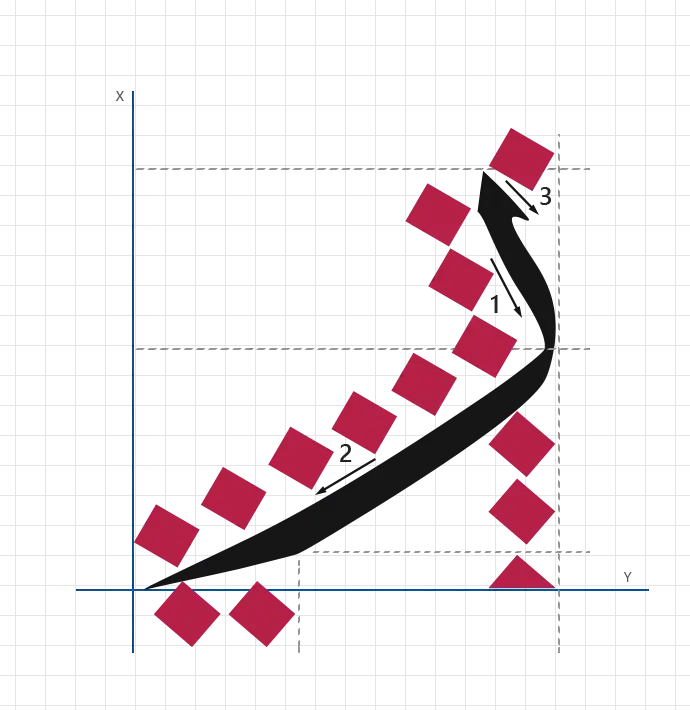
1.First Stroke
Start the letter at a 70° angle for a smooth, flowing motion.
Create a vertical stroke with dimensions of 3 nuqtas in height and 1 nuqta in width.
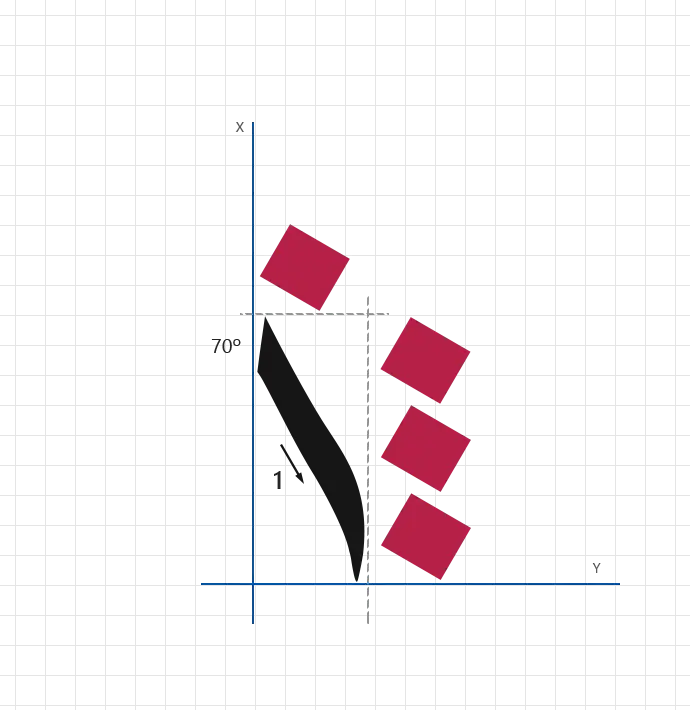
2.Secend Stroke
Maintain the 70° angle for the next stroke.
Extend it to a height of 6 nuqtas from the baseline, with a slight rise of 2 1/2 nuqtas above the baseline to begin forming the curve.
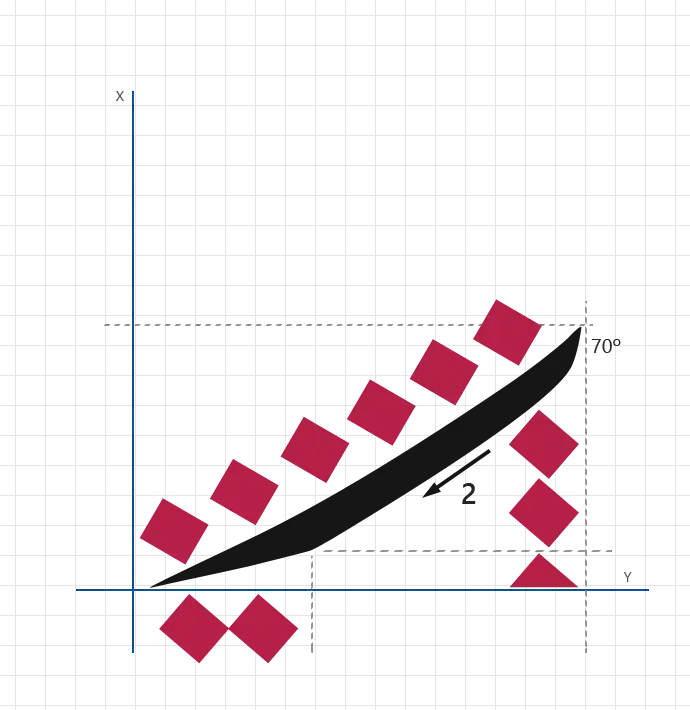
3.Third Stroke
Conclude the curve with a flowing, elegant flourish, then draw the final part with the pen head.
The width of this stroke measures 2 nuqtas, rounding off the bottom of the letter.
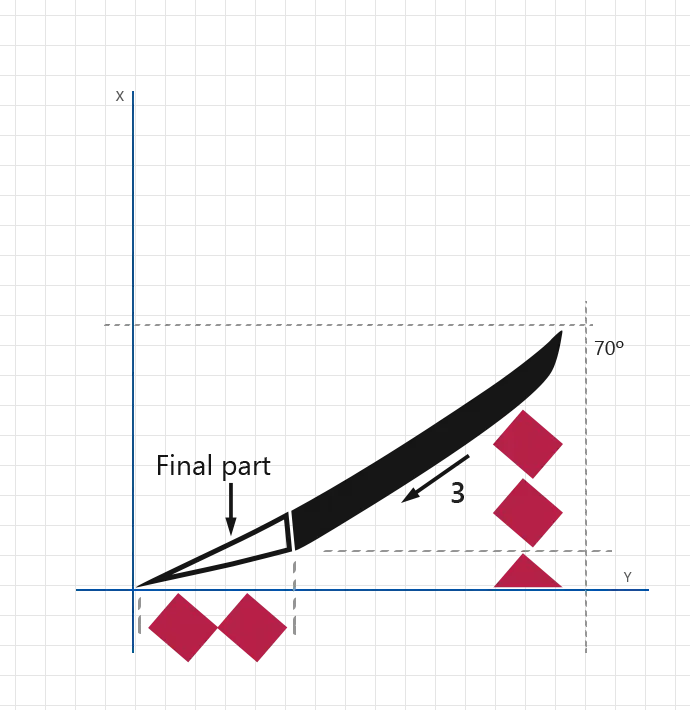
4.Fourth Stroke
Finish the Raa with its defining head.
This stroke is 1 nuqta in height and 1 nuqta in width, placed to balance and complete the letter.
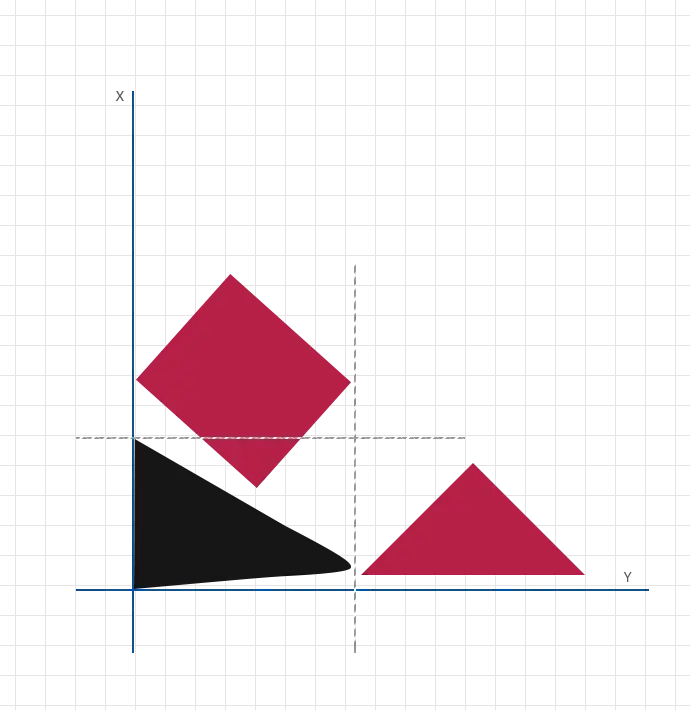
Guidelines for Letter Mastery
The "Guidelines for Letter Mastery" table provides a clear and systematic approach for students to practice and refine their Arabic calligraphy skills. It outlines each step, the recommended time allocation, and detailed descriptions to ensure effective and focused practice sessions. This table is designed to help students build consistency, master letter proportions, and develop a strong foundation in Arabic calligraphy.
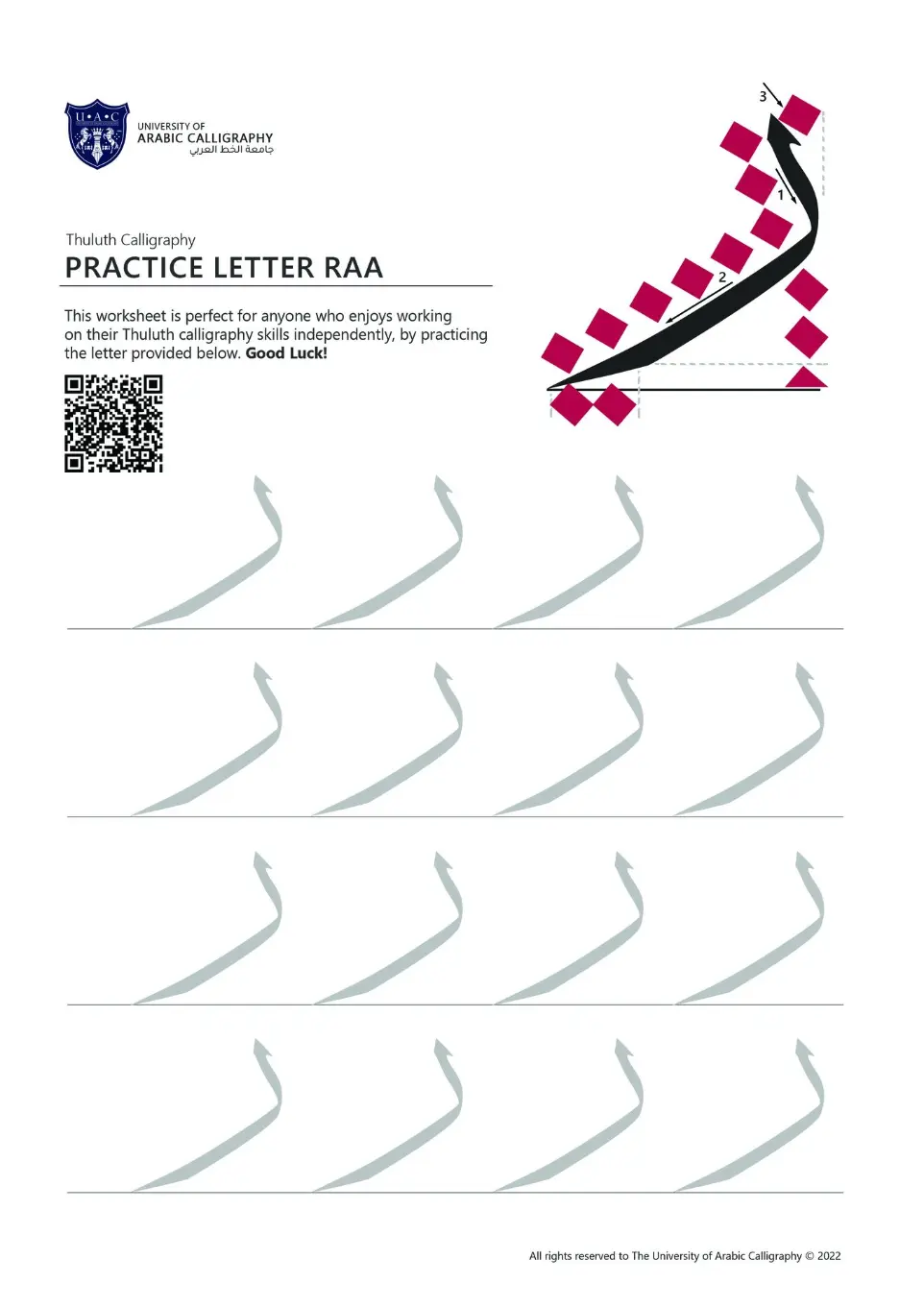
Personalized Feedback at UAC
At the University of Arabic Calligraphy (UAC), your growth as a calligrapher is our priority. Our instructors provide personalized feedback and precise corrections on your submitted worksheets, helping you refine every stroke with confidence.
When you complete your practice, upload your work through the link below to begin your assessment.
Our expert reviewers will carefully study your submission, offering detailed guidance to enhance your technique, consistency, and artistic expression.
This interactive experience ensures you are never practicing alone you are learning alongside a dedicated community that values excellence in Arabic calligraphy. Continue your artistic journey with UAC and advance toward mastery in this timeless art.




